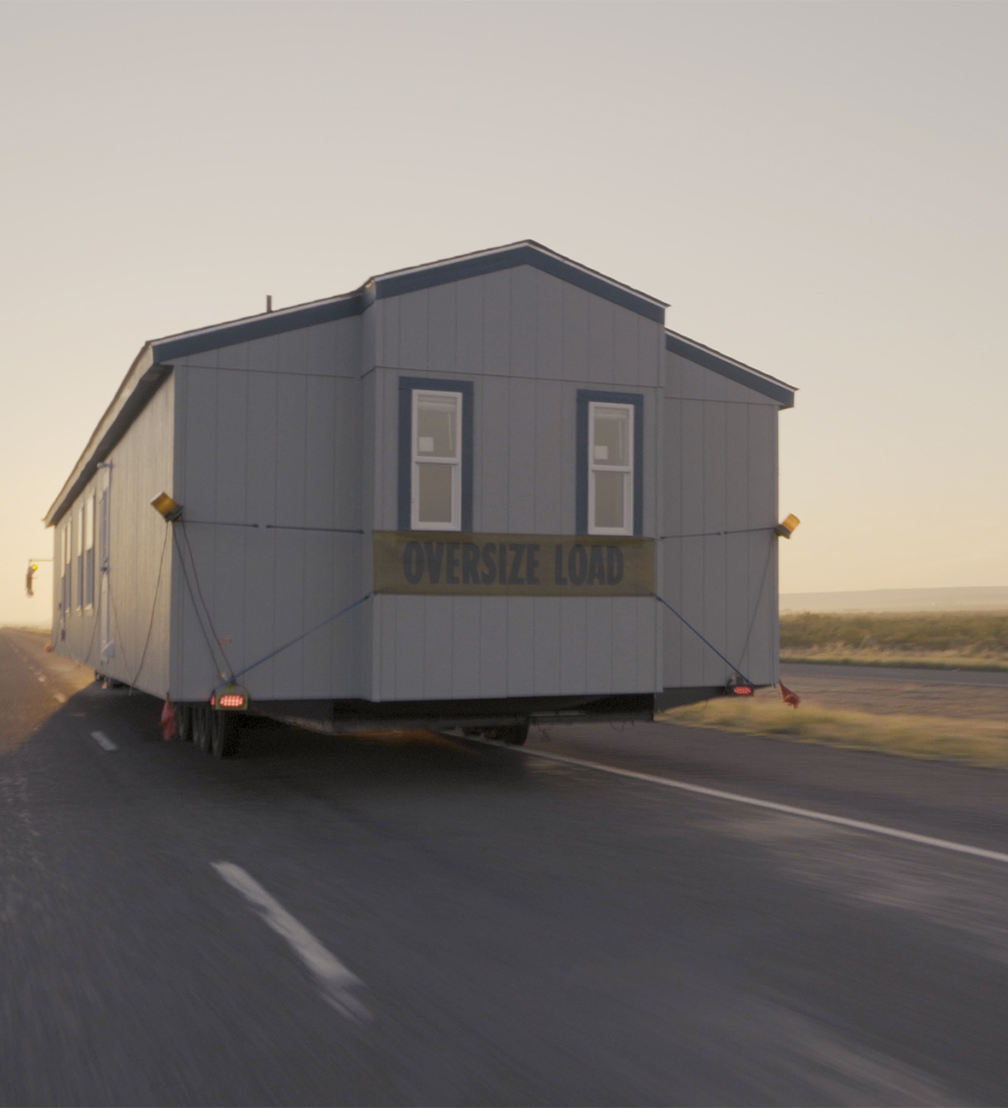
From February 19 to April 26, the Latvian Museum of Architecture will host the exhibition Dreams of Stasis, based on video installations by architects Helvijs Savickis and Julia Obleitner and video artist Marvin Kanas, which explore mobile homes in the US and Latvia, their role, and adaptation to different conditions.
The demand for manufactured homes is growing worldwide. Once manufactured, these homes are put on trucks and sent on their way. The new trend of moving away from traditional construction methods is creating new business opportunities and new settlements. The factory-made elements ensure that all houses are the same: every board, every nail, and every plasterboard is identical. The construction process is fast and efficient; there is no guesswork, improvisation, or changes of plans during construction. A house can be built in a week using industrial methods. Mobile homes built today can typically be used for 30–55 years.
But mobile homes have their drawbacks, such as rapid loss of value. When a mobile home leaves the factory, its value drops as fast as a new car. Mobile homes are often destroyed by natural disasters such as hurricanes, floods, and fires.
What if all houses had wheels and wanted to move? If every house had the ability to move until the whole city gave up stability and went on its way, house after house rolling off? Who knows where they would go — moving from one place to another, creating the city anew, or moving into the desert, whose vastness offers both sunrises and sunsets? Perhaps this is the beginning of a new, mobile way of living, with buildings that never offer the same view.
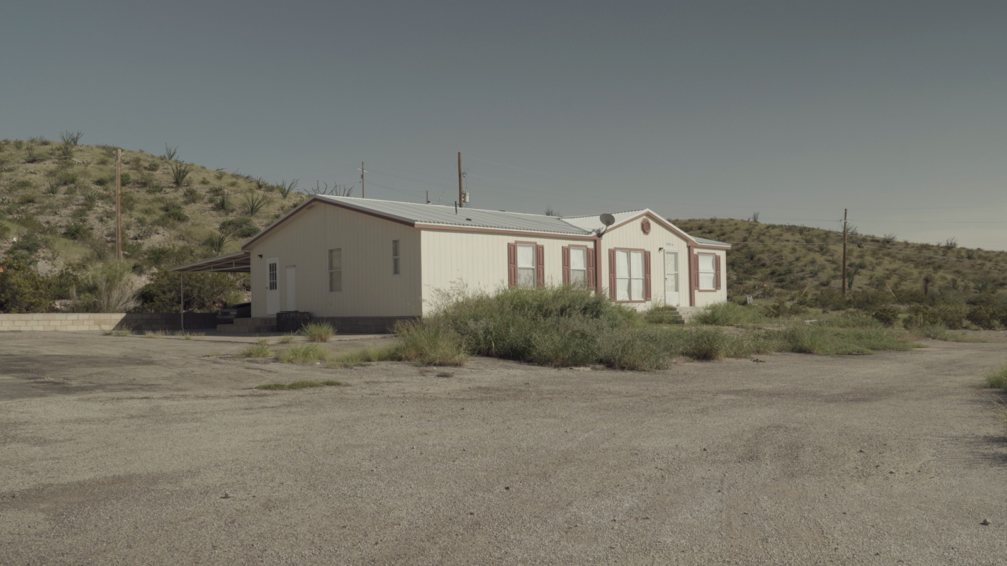
At the core of the Dreams of Stasis exhibition are video installations created by architects Helvijs Savickis and Julia Obleitner and video artist Marvin Kanas, which explore the idea and role of mobile homes in the extreme environment of the Chihuahuan Desert in Texas and the way in which British-manufactured houses are settling into the Latvian winter. The texts of the project were written by anthropologist Marina Peterson.
The exhibition resonates with the space of the Latvian Museum of Architecture, the oldest residential building in Riga, built in the 15th century. The «place-keepers» of mediaeval European cities built buildings for future generations. Is the tendency to build housing for a temporary need rooted in consumer society, or does it have to do with a nomadic lifestyle, a different way of seeing the world?
The exhibition Dreams of Stasis is on view at the Latvian Museum of Architecture at Mazā Pils iela 19, Riga, from February 19 to April 26. The opening will take place on February 16 at 17.00. Free admission.
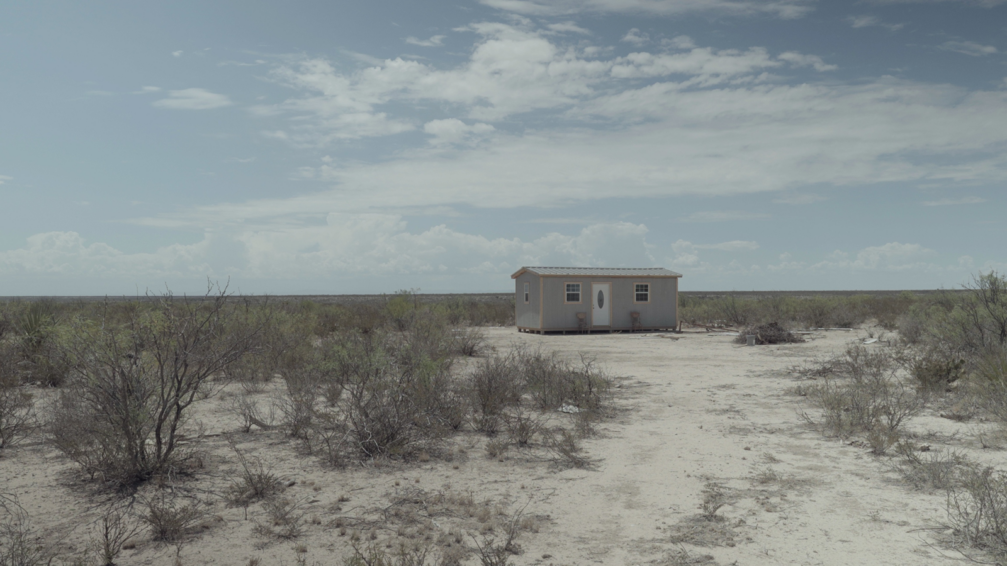
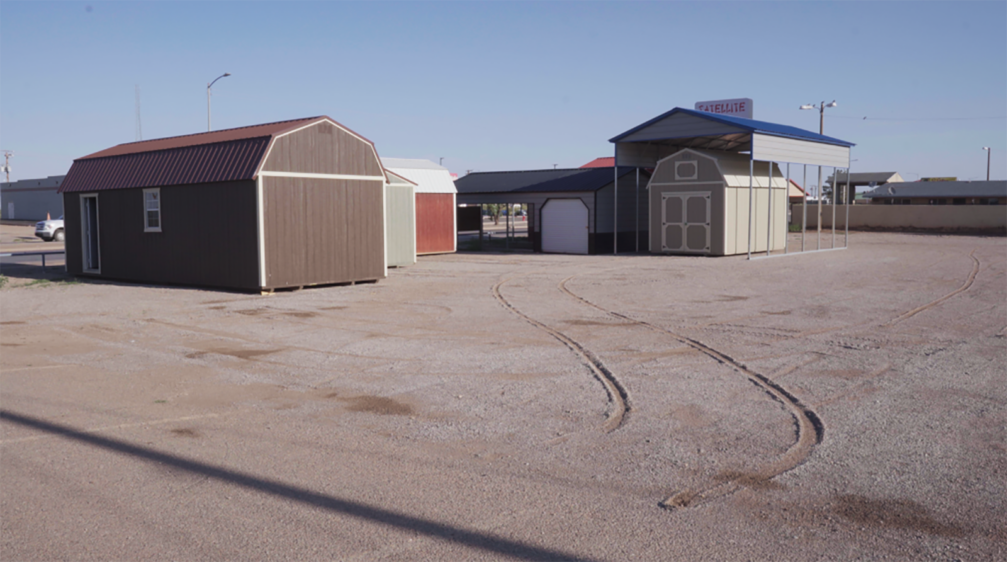
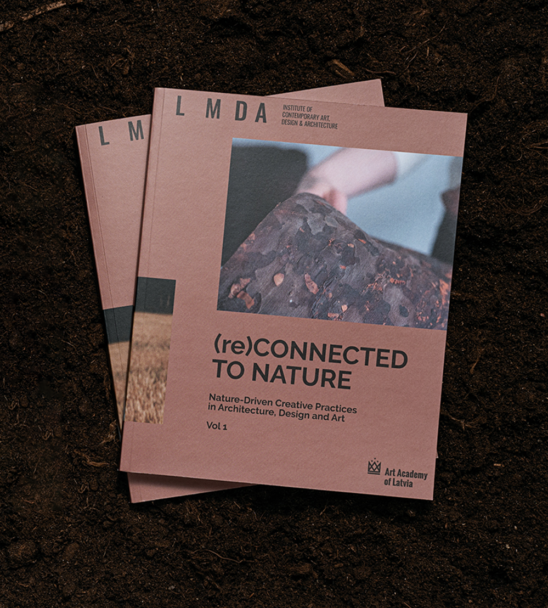

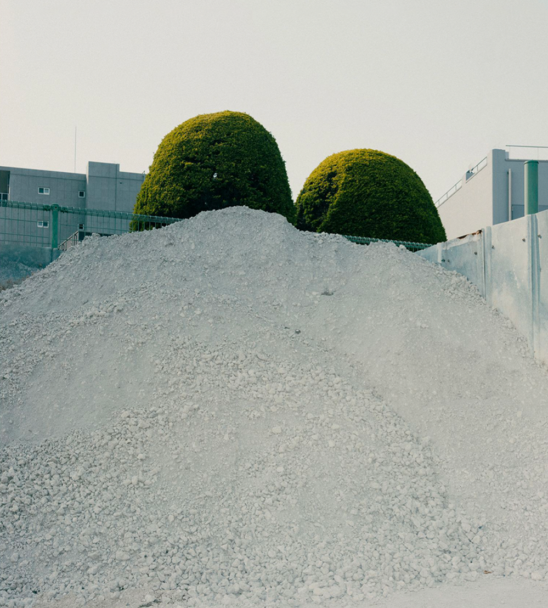
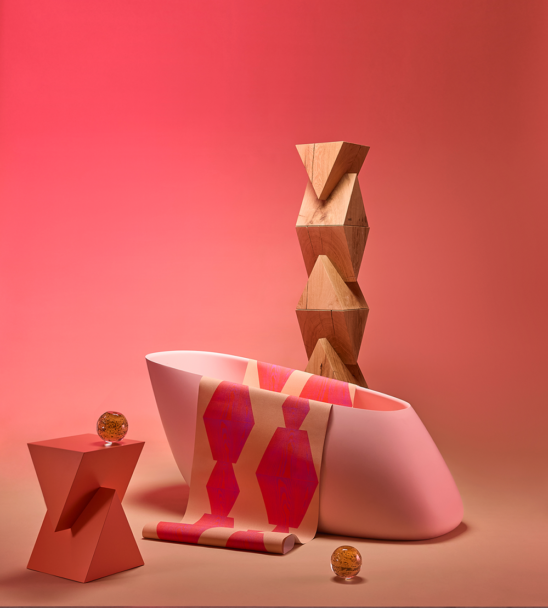
Viedokļi